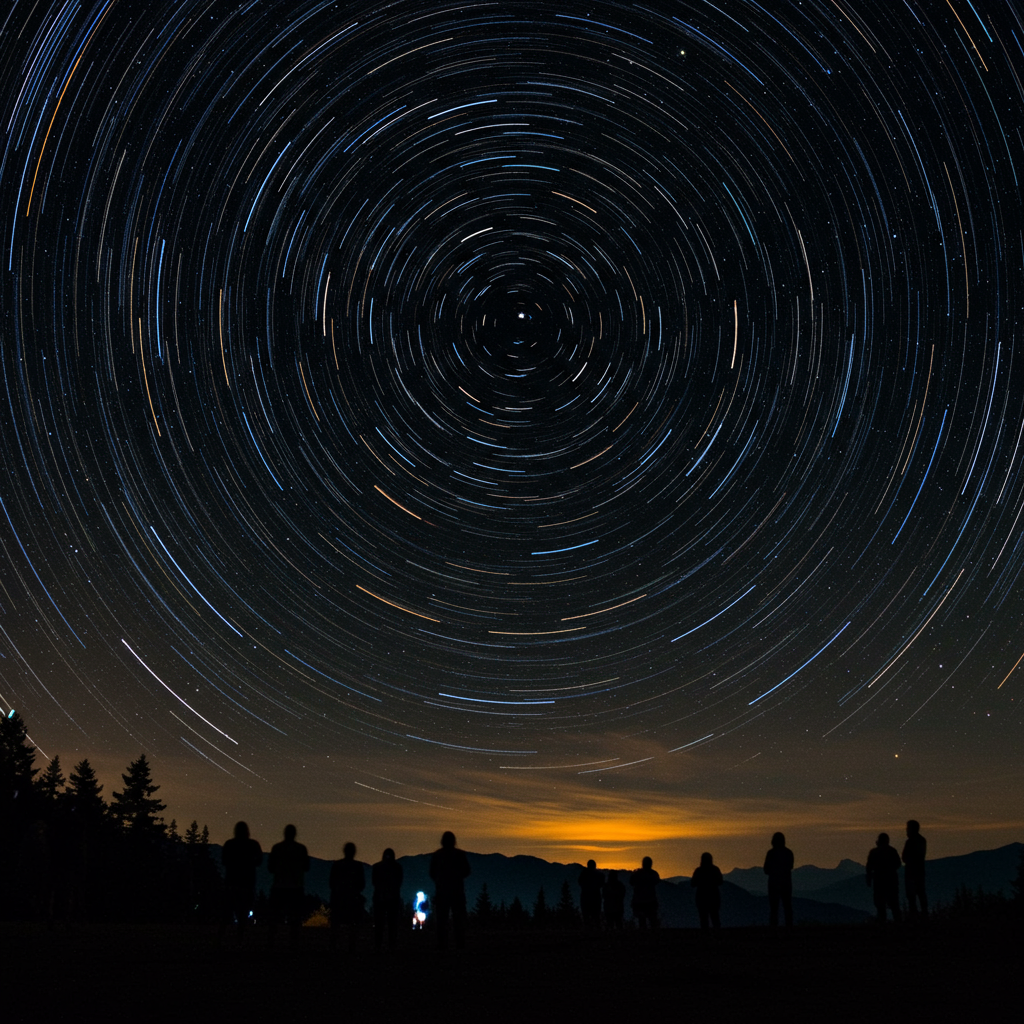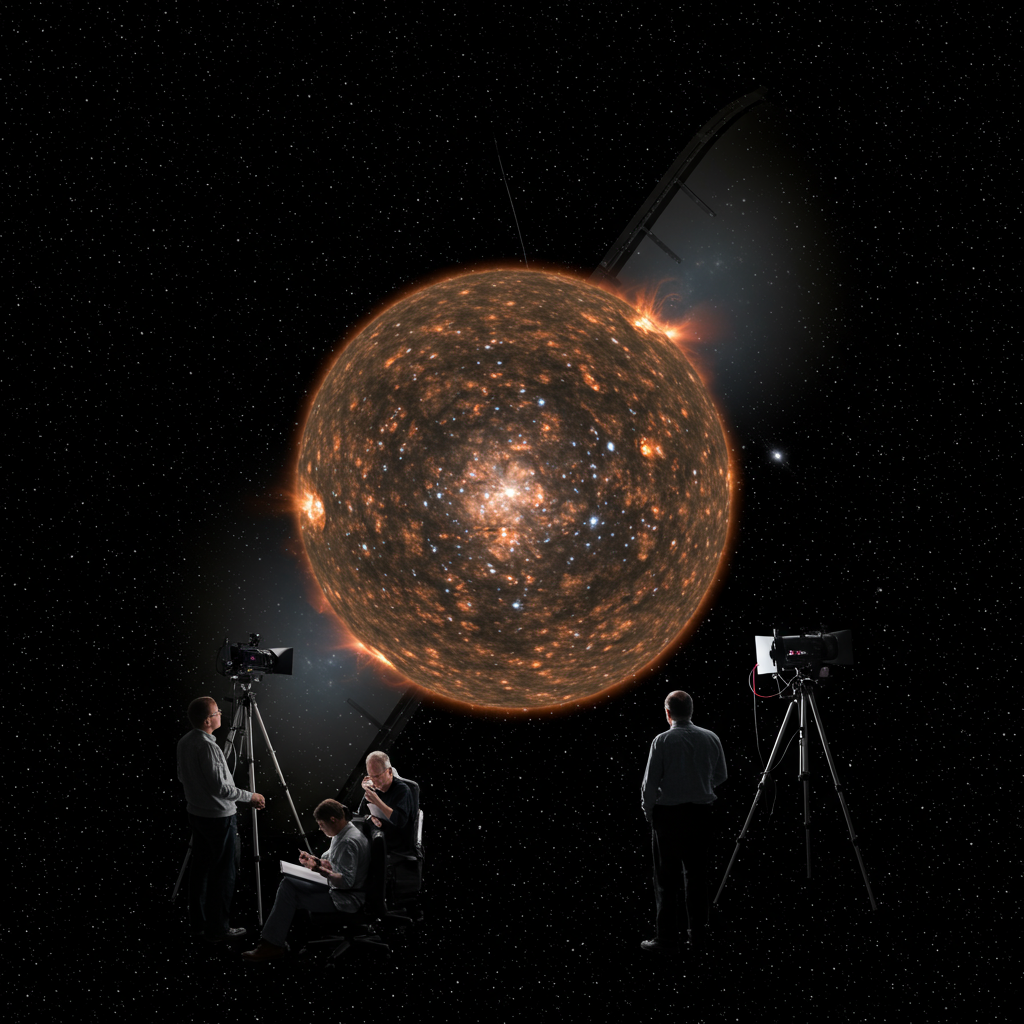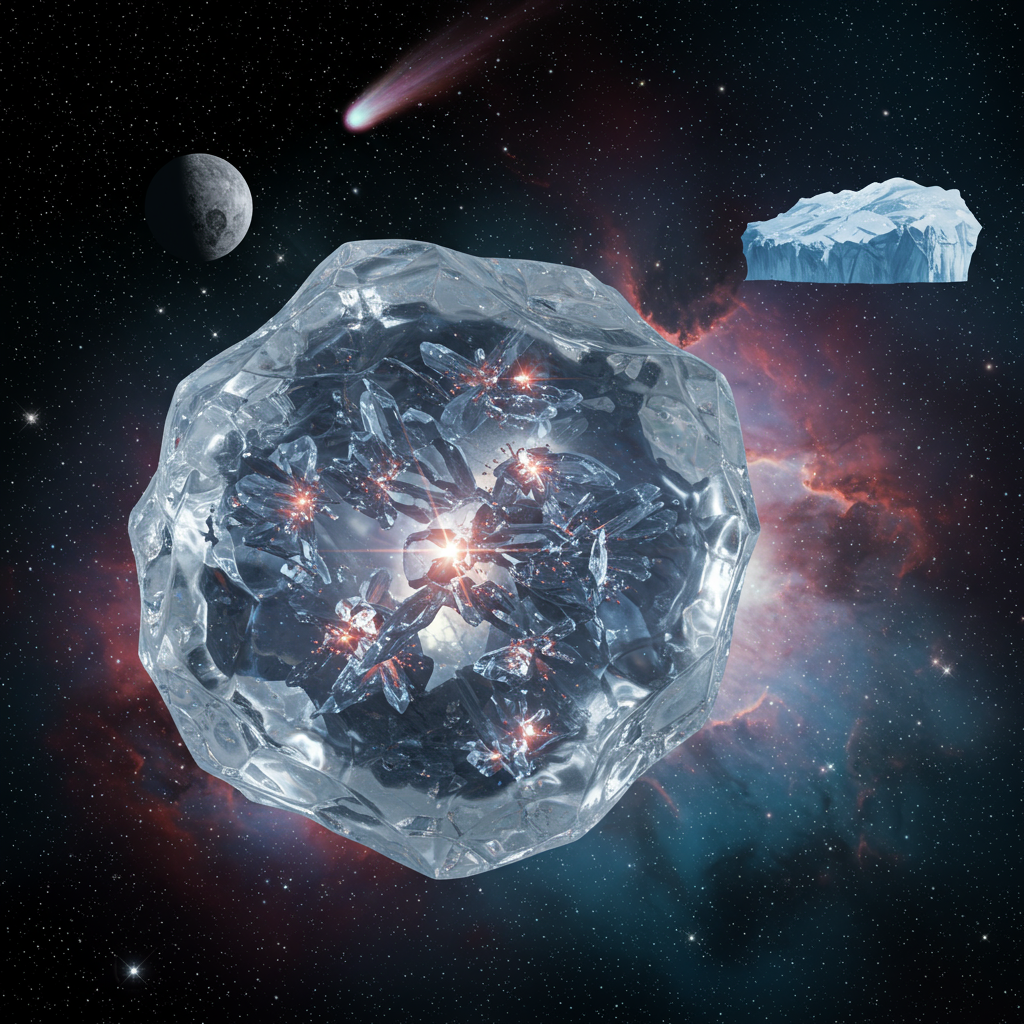Prepare for one of nature’s most spectacular celestial shows! The annual Perseid meteor shower is set to dazzle skywatchers across Washington state, offering a breathtaking display of “shooting stars.” This comprehensive guide provides everything local stargazers need to know, from optimal viewing times and locations to specific tips for maximizing your experience, ensuring you catch every fiery trail.
Understanding the Perseid Meteor Shower
The Perseid meteor shower is arguably the year’s most anticipated cosmic event for the Northern Hemisphere. Active from mid-July to late August, its annual peak consistently delivers a stunning light show. These “shooting stars” are not stars at all, but tiny fragments of space debris, mostly dust and rock, shed by Comet 109P/Swift-Tuttle. As Earth annually passes through this comet’s dusty trail, these particles collide with our atmosphere at high speeds, disintegrating into fiery, colorful streaks of light.
Named because their radiant point appears near the constellation Perseus, the Perseids are renowned for their reliability. NASA anticipates observers can see between 50 and 100 meteors per hour during ideal peak conditions. What sets the Perseids apart is their propensity for producing brilliant “fireballs”—exceptionally bright, explosive meteors that often leave lasting trails, adding dramatic flair to the night sky. While the Geminids in December are often considered stronger, the Perseids offer a consistently high meteor count and are a favorite for warm summer nights.
When to Catch the Show: Peak Viewing Times
The Perseid meteor shower runs annually from July 17 to August 23. Its primary peak typically occurs overnight on August 12-13. However, viewing conditions can vary significantly year to year, largely due to the moon’s phase.
For 2024, the new moon on Thursday, July 24, offered exceptionally dark skies, making it a prime early viewing opportunity. Many stargazers found this “best bet” window provided excellent visibility, with minimal cloud cover often forecasted for Washington State during this period. Even beyond the new moon, shooting stars remain visible up to and through the full moon on August 9.
Looking ahead to 2025, the Perseids will again peak on August 12-13. However, this peak coincides with an 84-86% illuminated moon. A bright moon acts as significant light pollution, obscuring all but the brightest meteors and fireballs. To counter this, many experts recommend an adjusted strategy for 2025:
Pre-Peak Viewing: Consider watching in the nights leading up to the main peak, specifically July 29-30, 2025. During this time, the moon will be only a quarter full and sets around midnight, perfectly coinciding with the start of meteor shower activity. This early window also offers a rare chance to observe multiple meteor showers concurrently.
Regardless of the year, the absolute best time for viewing is typically the pre-dawn hours. Observers are then on the leading side of Earth, witnessing comet debris approaching “like rain hitting a car windshield.” While pre-dawn offers the best rates, sightings can commence as early as 10 p.m. local time, provided skies are dark and free from light pollution.
Maximizing Your Meteor Shower Experience
Witnessing the Perseid meteor shower is an unforgettable experience, but a little preparation goes a long way. No specialized equipment like telescopes or binoculars is needed; your unaided eyes, patience, and a mostly cloud-free night are sufficient.
Choosing Your Spot: Escaping Light Pollution
The most crucial factor for optimal viewing is finding a location far from urban light pollution. City lights create a pervasive glow that washes out fainter meteors, making the difference between seeing a few and seeing dozens. Seek out “inky skies” in wilderness areas or designated dark sky parks. Even strong meteors can be seen from suburbs, but truly dark skies offer the most immersive experience.
Essential Viewing Tips
Patience is Key: Allow your eyes at least 20-30 minutes to fully adjust to the darkness. Any exposure to bright white light (like from a phone screen) will reset your night vision.
Red Light Only: If you need light, use a red-light flashlight. Red light is far less disruptive to night vision than white light. Dim your phone screen or cover it with a red filter if checking messages.
Dress Warmly: Even on summer nights, temperatures can drop significantly after dark. Bring layers, a blanket, and a comfortable chair or mat for extended viewing.
Wide-Open Vistas: Position yourself in an area with minimal overhead obstructions. Hilltops, open fields, or deserts are ideal, as meteors can appear across the entire sky. Avoid thick forests.
Shield the Moon (If Applicable): If viewing during a bright moon phase (like the 2025 peak), try to position yourself so a natural obstruction (a hill, a building) or even your hand blocks the moon’s direct glare.
Check Air Quality: Wildfire smoke or other atmospheric haze can significantly obscure views and pose health risks. Always check local air quality forecasts before heading out.
Top Stargazing Locations in Washington State
Washington state offers numerous incredible locations to escape light pollution and enjoy the Perseid meteor shower. These spots provide excellent conditions for clear, expansive views of the night sky:
Mount Rainier National Park: A top choice, known for its high elevation and remoteness, offering incredibly dark skies.
Olympic National Park: Especially its “wild beaches” on the Western Washington coast, which provide vast, unobstructed views of the horizon over the Pacific.
Mount St. Helens National Volcanic Monument: Another excellent option in Southern Washington, offering rugged landscapes and dark skies.
Okanogan-Wenatchee National Forest: Boasting over 3 million acres on the eastern slopes of the Cascade Mountains, this expansive forest provides countless remote dark sky opportunities.
Goldendale Observatory: Located in South Central Washington, this site often hosts celestial programming and provides access to powerful telescopes, attracting astronomy enthusiasts.
Illahee State Park (Kitsap): Recognized for its accessibility and relatively dark conditions in the Kitsap Peninsula, making it a good local option for residents.
Steamboat Rock State Park: This desert park in North Central Washington is rumored to offer exceptional stargazing, with options for overnight camping and cabins.
Fishtrap Recreation Area: Southwest of Spokane, this 9,000-acre open landscape is ideal for year-round stargazing.
Mount Baker Wilderness: Situated within the Mt. Baker-Snoqualmie National Forest, about 90 minutes from Bellingham, offering stunning mountain backdrops to your stargazing.
For even more detailed information on Washington’s dark sky locations, resources like Go Astronomy can provide additional suitable spots.
Beyond the Perseids: Other Summer Showers (Especially for 2025)
While the Perseids are the main event, the summer sky offers other meteor showers, particularly valuable in 2025 given the bright August moon. The period around July 29-30, 2025, is unique as it allows for the observation of four concurrent showers:
Alpha Capricornids: Active from July 3 to August 15, peaking on July 29-30. This shower is notable for dramatic, bright “fireballs,” even if it only produces about five meteors per hour. Its radiant is near the Capricornus constellation in the low southeast sky.
Southern Delta Aquariids: Active from July 18 to August 12, also peaking on July 29-30. This is a consistent shower, offering around seven to 20 meteors per hour under dark skies, best viewed from the southern part of the Northern Hemisphere, near the Aquarius constellation.
- Eta Eridanids: Active from July 31 to August 19, peaking on August 7-8. This is a minor shower, producing about three fast meteors per hour, visible near the Eridanus constellation.
- www.king5.com
- www.kitsapsun.com
- www.outsideonline.com
- www.kitsapsun.com
- www.northjersey.com
By being aware of these additional showers, stargazers can maximize their chances of spotting cosmic activity, especially when primary conditions for the Perseids are less than ideal.
Frequently Asked Questions
What makes the Perseid meteor shower so special for stargazers?
The Perseid meteor shower is highly anticipated due to its reliability and high activity, often producing between 50 and 100 visible meteors per hour at its peak. It’s particularly famous for generating brilliant “fireballs”—exceptionally bright and colorful meteors that can leave long-lasting trails. This consistent performance, combined with warm summer nights perfect for outdoor viewing, makes it a favorite celestial event for both casual observers and astronomy enthusiasts. The shower originates from debris left by Comet 109P/Swift-Tuttle.
Where are the best dark sky locations in Washington to see the Perseids?
For optimal Perseid viewing in Washington, escaping city light pollution is crucial. Top recommended dark sky locations include Mount Rainier National Park, Olympic National Park (especially its wild beaches), Mount St. Helens, and the expansive Okanogan-Wenatchee National Forest. Other excellent spots include Goldendale Observatory, Illahee State Park, Steamboat Rock State Park, Fishtrap Recreation Area, and Mount Baker Wilderness. These areas offer vast, unobstructed views, allowing for the clearest sight of the night sky.
When is the absolute best time to watch the Perseids for maximum visibility?
The Perseids generally peak overnight on August 12-13 each year. However, the best viewing time depends on the moon’s phase. For exceptionally dark skies, look for a new moon near the peak. For instance, the July 24 new moon offered prime conditions in 2024. In years with a bright full moon near the peak (like August 2025), consider watching in the pre-peak window (e.g., July 29-30, 2025) when the moon is less illuminated and sets earlier. Regardless of the year, the darkest hours, from midnight until just before dawn, typically yield the highest number of meteors.
Get Ready to Look Up!
The Perseid meteor shower offers an incredible opportunity to connect with the cosmos right from Washington’s diverse landscapes. By understanding its peak times, preparing with essential viewing tips, and choosing a dark sky location, you’re set for a truly memorable night. Whether you’re a seasoned astronomer or simply looking for a magical experience, these “shooting stars” are a testament to the wonders of our universe. Grab a blanket, find your spot, and enjoy the show!




